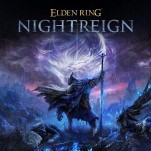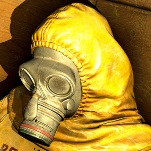Abyssus Is a Roguelike FPS That Largely Overcomes Rocky Waters
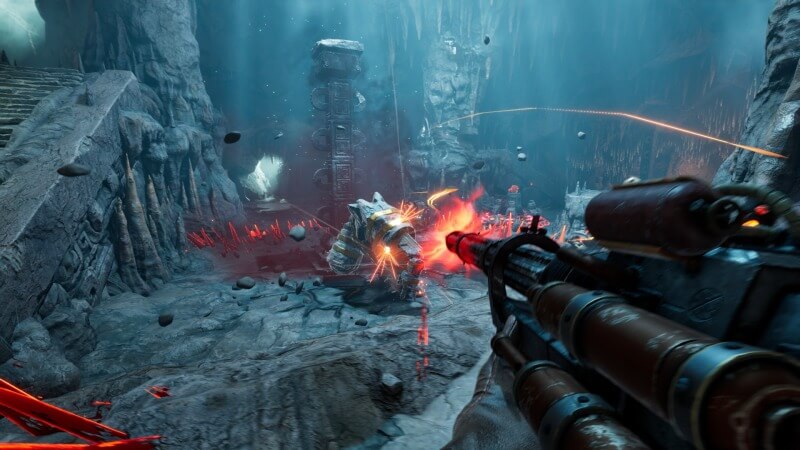
These days, there’s very much a roguelike for all seasons: card games, puzzle games, twin-stick shooters, 2D action games, 3D action games, strategy games, platformers; you name it. That’s very much true for First Person Shooters as well, such as Roboquest or the co-op antics of Gunfire Reborn, to name a few.
Tapping into a similar vein, Abyssus is a co-op roguelike that tasks you and up to three buddies with exploring the depths of a sunken civilization. Here, you blast your way through combat arenas that draw on the Doomslayer’s idleness-means-death impulses. You’ll strafe around murderous golems and laser beams while growing stronger with each cleared floor, hopefully so much so that your weapons basically blast through bosses themselves. The core gameplay is fast and fun, and the decisions you make regarding your build feel quite meaningful, two of the most fundamental elements when it comes to any run-based game.
However, it’s not all smooth sailing. Many of my descents into the abyss had me butting heads against certain design decisions and aspects of the difficulty curve, issues furthered by some genuinely baffling choices around overarching progression. While these issues weren’t enough to completely capsize this experience, there are definitely some choppy waters here and there.
If the painful nautical puns weren’t enough of a tip-off, Abyssus follows a group of underwater explorers decked out in mid-20th-century diving suits. Deep in the ocean, they discover a ruin from a forgotten civilization that seems to have a mind of its own, sucking visitors into its thrall as they participate in an endless cycle of struggle, death, and rebirth (aka, the emotional journey of playing a roguelike). Tasked with descending through several floors full of angry enemies who aren’t keen on house guests, these adventurers will need to beef up their ordinance to stand a chance.
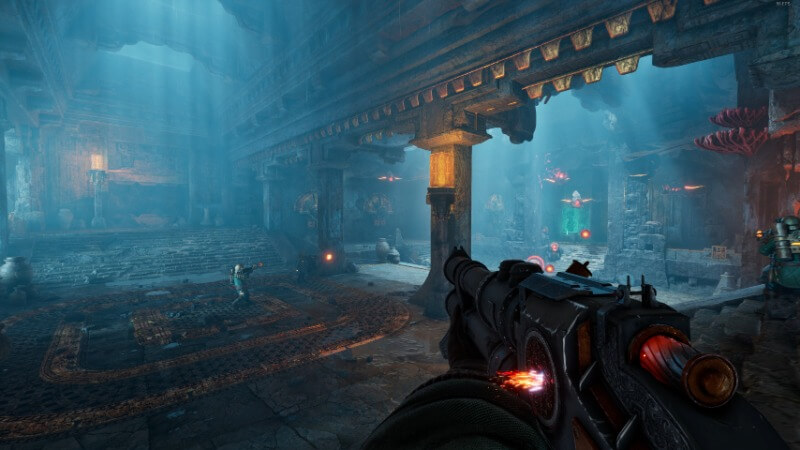
At a high level, all the standard roguelike trappings are here: in between runs, you return to a home base where you can grab permanent upgrades or customize your weapons, and during runs, you try to get as far as you can while choosing between various upgrades that improve your capabilities for that particular descent.
At its core, though, an immediate standout element of these runs is that the central gunplay feels great. Building on games like Doom (2016) and its many predecessors, you’re encouraged to stay moving at all times, overcoming overwhelming numbers by combining your high movement speed with double jumps and dashes. This frenetic tempo only increases as runs go deeper and deeper, with new enemy types whose attacks are varied but mercifully telegraphed for the most part. In short, pulling the trigger has a sense of impact, and these playable characters clearly didn’t skip leg day because they’re able to zoom through these contained combat arenas despite their heavy metal scuba gear.
These battles are further helped by some creative weapon design, which mostly forgoes standard automatic rifles for Tesla cannons, saw blade launchers, and more. Perhaps most important is that each of these tools has an alternate firing mode with an entirely different function, like how the Tesla gun shoots a sustained laser with its primary fire, and a slow-moving ball of electricity with its secondary. Moreover, both the primary and secondary functions of all eight unlockable guns can be swapped out, resulting in dozens of permutations, especially when combined with your additional cooldown ability, which can be chucking grenades, using a friendly turret, and more. There is some impressive ordinance here, and I was able to have some fun without every option as I blasted through alarming numbers of enemies with serrated disks and magnum rounds.
And while boomer shooters are a big inspiration for the energetic pace of these battles, Hades has just as significant an influence on this experience overall, especially when it comes to upgrading your toolset each run. Hades’ boon system is basically here whole cloth because at certain intervals, you’ll find statues that can upgrade either your primary fire, secondary mode, or the tool you’ve brought along with certain elements or attributes. Once you’ve chosen, you’re locked in for the rest of the run, so if you select a fire-themed boon for your primary fire, an ice-themed upgrade for your secondary, and a wind-themed one for your grenade, you’ll only be able to choose between boons of those themes for that specific attack going forward—again, just like Hades.
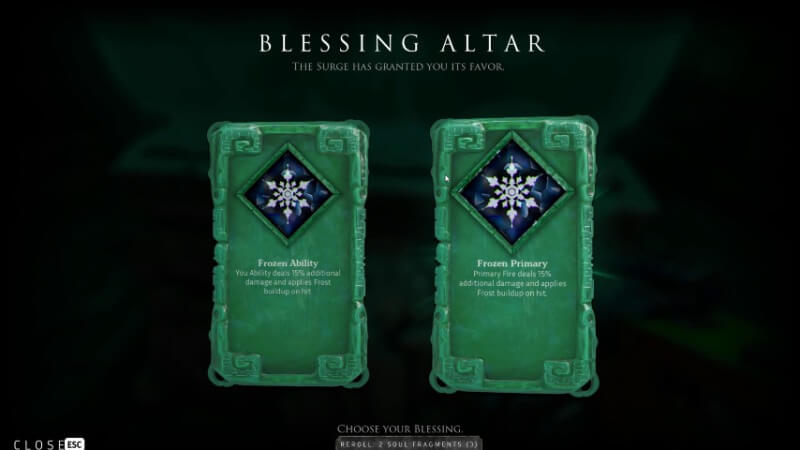
Unsurprisingly, which boons you pick and where you put them makes a massive difference, as on top of making your bullets set assailants on fire or freeze them solid, each boon type also has passive benefits that can increase your health, improve damage against bosses, and more. These many options and their effects make it rewarding to experiment with different combinations of weapon types and boons.
-

-

-

-

-

-

-

-

-

-

-

-

-

-

-

-

-

-

-

-

-

-

-

-

-

-

-

-

-

-

-

-

-

-

-

-

-

-

-

-



















